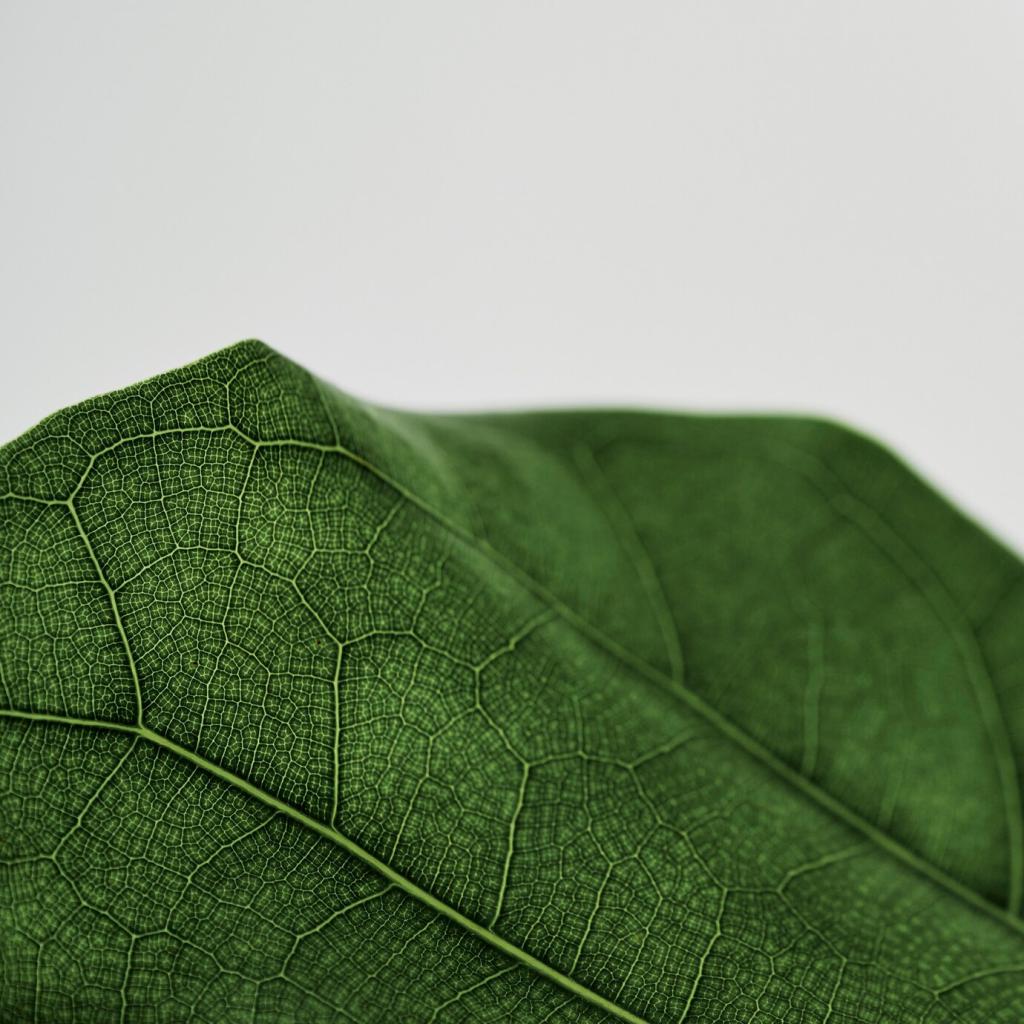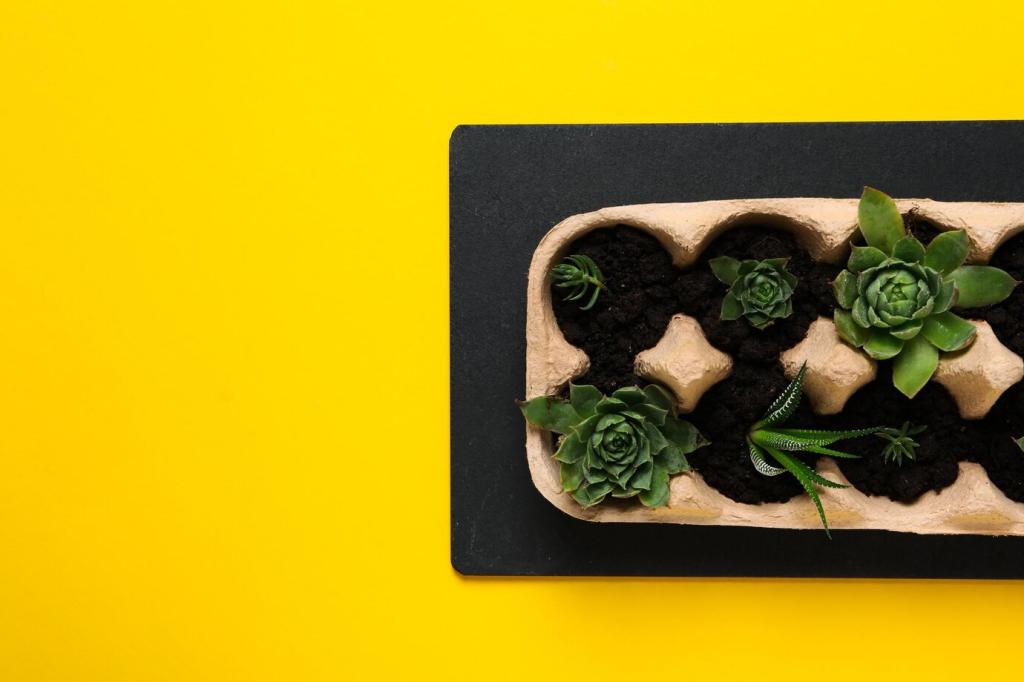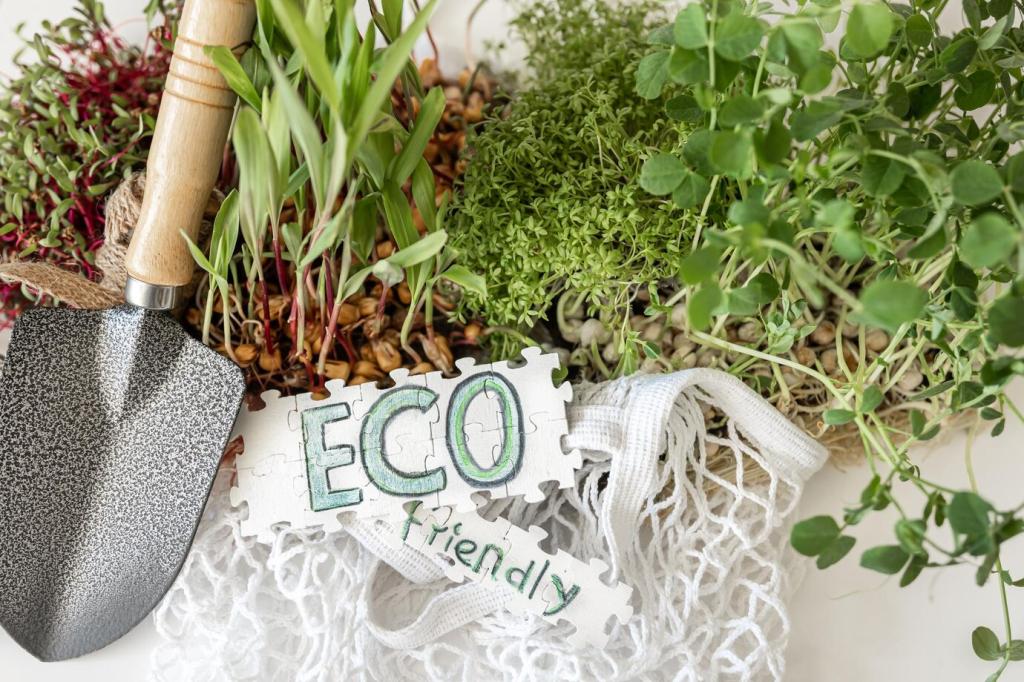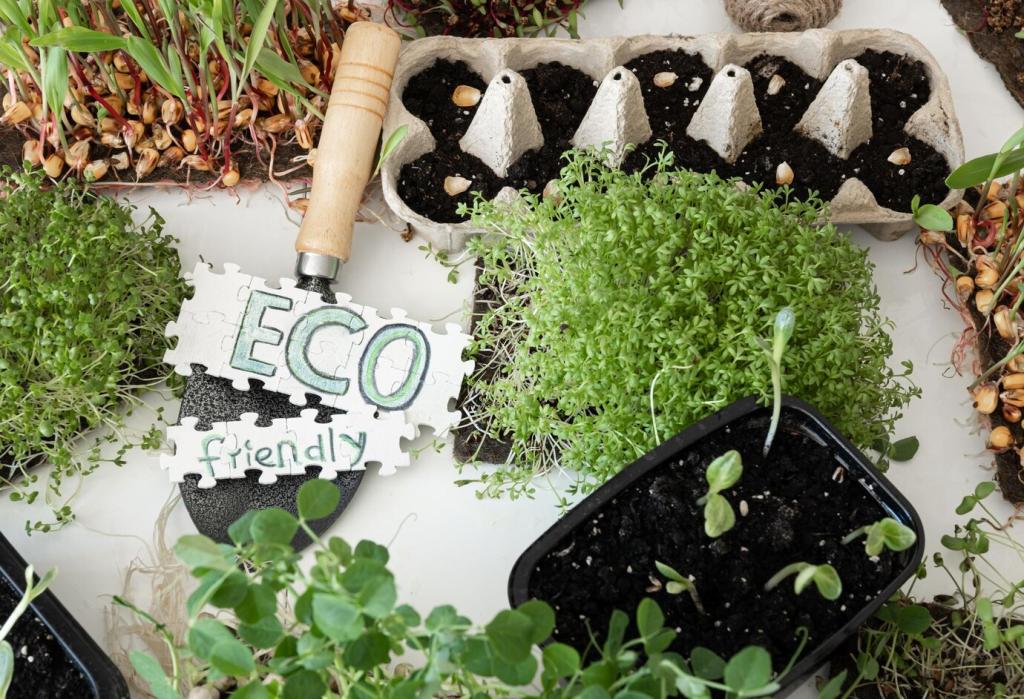Sustainable Materials for Eco-Homes: Build Light, Live Deep
Chosen theme: Sustainable Materials for Eco-Homes. Discover beautiful, science-backed choices that shrink your footprint, boost comfort, and give every room a story. Follow along, subscribe, and tell us which material you want unpacked next.
What Makes a Material Truly Sustainable?
Look for Environmental Product Declarations and actual embodied carbon numbers rather than vague claims. Wood stores carbon, but adhesives and finishes matter. Share your favorite low-carbon picks so we can compare notes together.
What Makes a Material Truly Sustainable?
A long-lasting material that ages gracefully can beat a trendy option replaced every few years. Lime plaster that can be spot-repaired outperforms brittle drywall compounds. Comment with repair stories that saved you materials and money.


Natural Insulation That Breathes
Hemp batts and dense-pack cellulose use agricultural byproducts and recycled paper to trap carbon and draft-proof cavities. Weigh R-values against moisture buffering, and tell us where you’ve seen cellulose retrofits outperform foam.


Natural Insulation That Breathes
Wool naturally regulates humidity and binds indoor pollutants like formaldehyde. A reader in Wales sent photos of a loft that felt warmer instantly. Would you try wool in a nursery or music room? Let us know why.
Structure with Character: Timber, Bamboo, and Recycled Steel
Reclaimed beams bring history, while cross-laminated timber locks away carbon and speeds construction. A neighbor’s CLT addition smelled like a forest for weeks. Would you celebrate knots and nail holes or sand them smooth?
Structure with Character: Timber, Bamboo, and Recycled Steel
Strand-woven bamboo panels deliver strength with quick regrowth cycles. Seek low-formaldehyde resins and verified plantations. If you’ve balanced bamboo’s durability with its visual warmth, post a photo to inspire material skeptics.
Structure with Character: Timber, Bamboo, and Recycled Steel
High-recycled-content steel studs resist pests and fire, and they can be precisely deconstructed. Pair steel with timber to tune carbon and resilience. Tell us how you handled thermal bridging around openings and corners.
Healthy Finishes for Clean Indoor Air
Mineral finishes absorb moisture, inhibit mold, and create depth no plastic paint can mimic. Our studio’s clay wall calms echoes and afternoon glare. Have you burnished clay or tried tadelakt in a bath? Share your results.
Healthy Finishes for Clean Indoor Air
Look beyond VOC numbers to binders and biocides. Some brands publish full ingredient lists via Declare labels. If you’ve compared coverage between eco paints, report back on coats, curing times, and true color accuracy.
Healthy Finishes for Clean Indoor Air
Hardwax oils and plant-based finishes highlight grain while staying repairable. A scratched oak step disappeared after a ten-minute spot rub. Would you trade polyurethane’s armor for renewability? Tell us where you’d draw the line.
Earth-Wise Walls: Hempcrete, Rammed Earth, Straw Bale
01
Hemp shiv and lime create insulating, vapor-open walls that regulate humidity. A farmhouse retrofit felt cooler during a heatwave without mechanical blasts. Curious about curing times or formwork? Ask, and we’ll share site-tested tips.
02
Compressed layers of earth turn color and texture into natural artwork. Add stabilizers sparingly and detail for rain. If you’ve toured a rammed earth home, describe the acoustics and how the walls felt at night.
03
Dense straw bales plastered with lime or clay deliver thick, hushed rooms and excellent insulation. Fire performance surprises many due to limited oxygen. Drop questions about bale grading, moisture meters, and window returns.
Surfaces that Shine: Recycled Glass, Terrazzo, Salvaged Stone
Bottles reborn as counters or tiles scatter light like water. Check slip resistance around baths and entries. If you’ve paired recycled glass with warm timber, share photos so others can see the balance of shimmer and calm.


Surfaces that Shine: Recycled Glass, Terrazzo, Salvaged Stone
Terrazzo mixes recycled glass, marble chips, or shells into durable, repairable surfaces. Specify low-emission binders and consider precast panels. Tell us how you managed expansion joints without disrupting the pattern under sunlight.
Real-World Stories and Your Next Step
A Cozy Bungalow Retrofit
We dense-packed cellulose into leaky walls, added cork underlayment, and finished with clay paint. Winter drafts vanished, and conversations no longer echoed. If you want the material list and blower-door numbers, comment to request them.
Budgeting and Phasing Materials
Start with finishes near your lungs—paints, sealers, and floor oils—then move outward to insulation and structure. Share your timeline, and we’ll suggest a material roadmap tailored to seasons, cash flow, and local availability.
Join the Conversation, Shape the Guide
Subscribe for deep dives on hempcrete mixes, limewash recipes, and EPD decoding. Ask a question, vote on the next case study, or nominate a supplier whose transparency impressed you. Your stories steer our research agenda.
